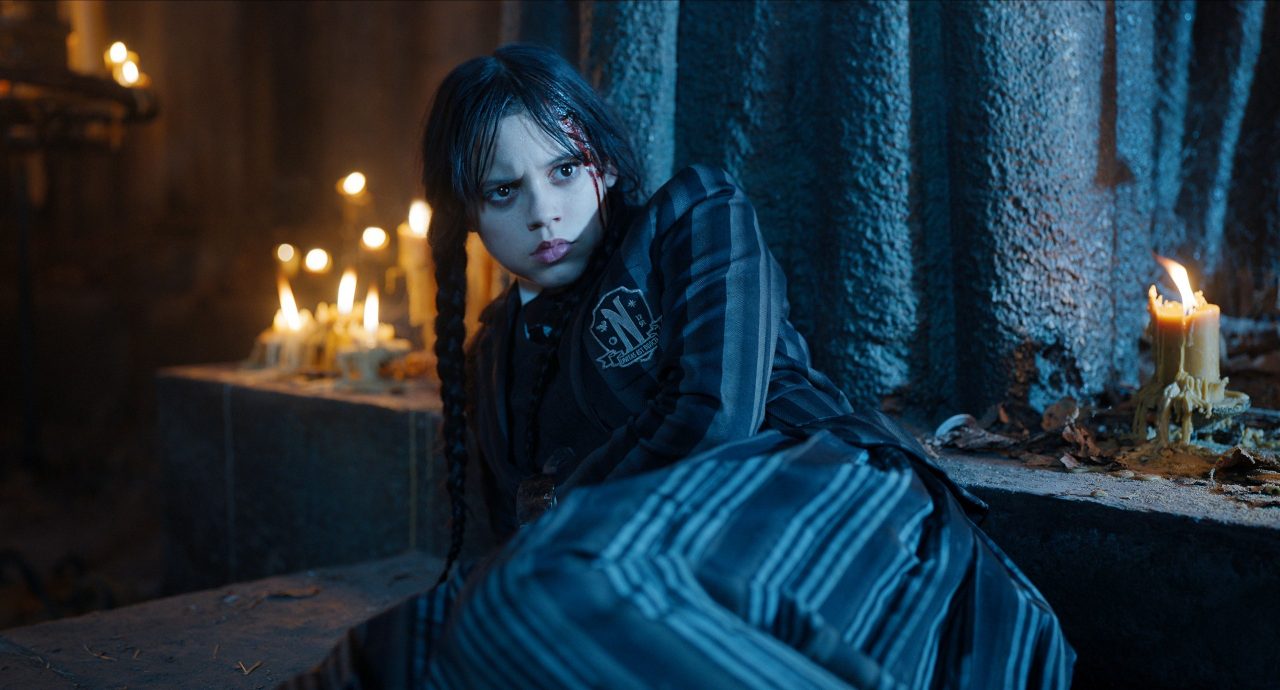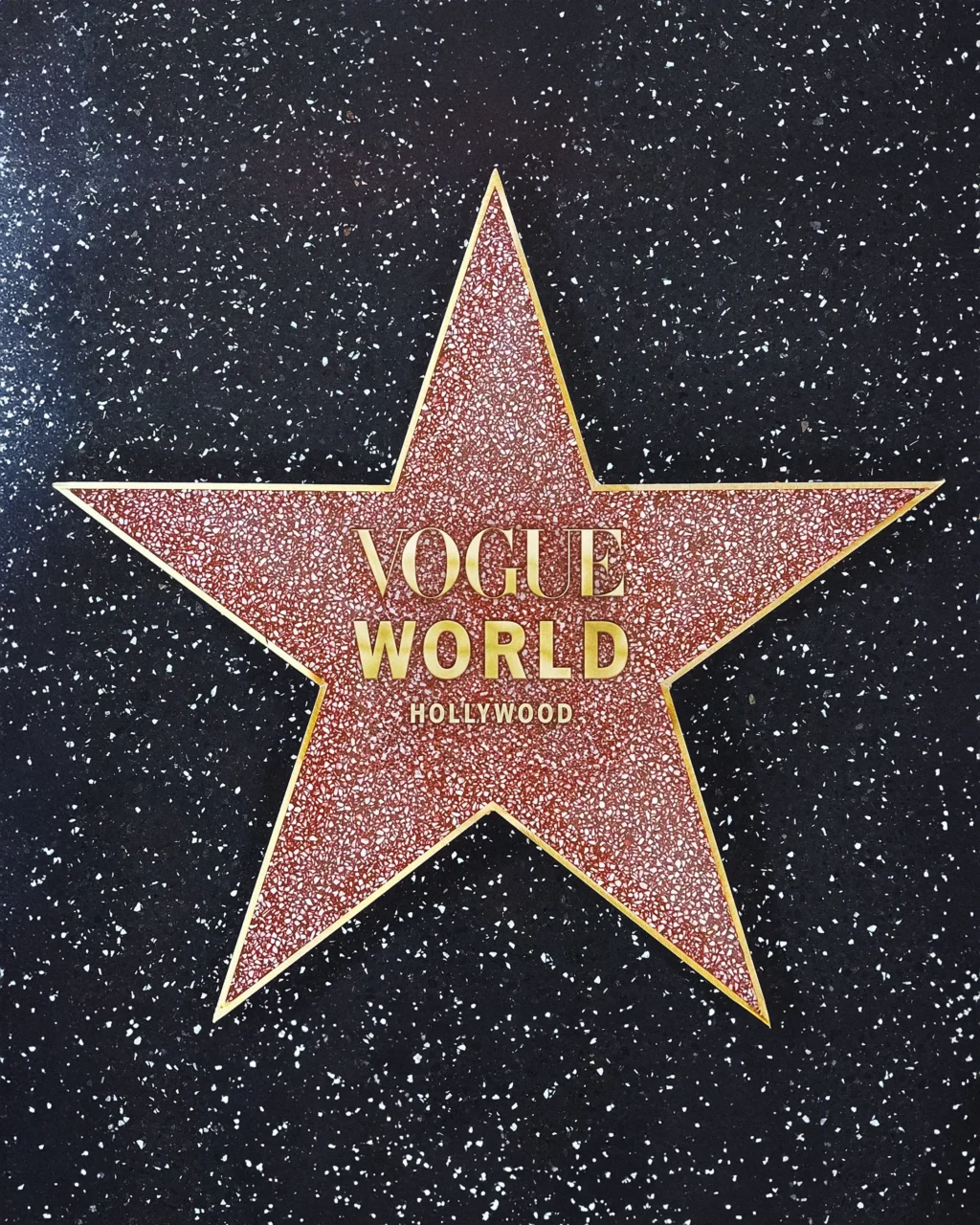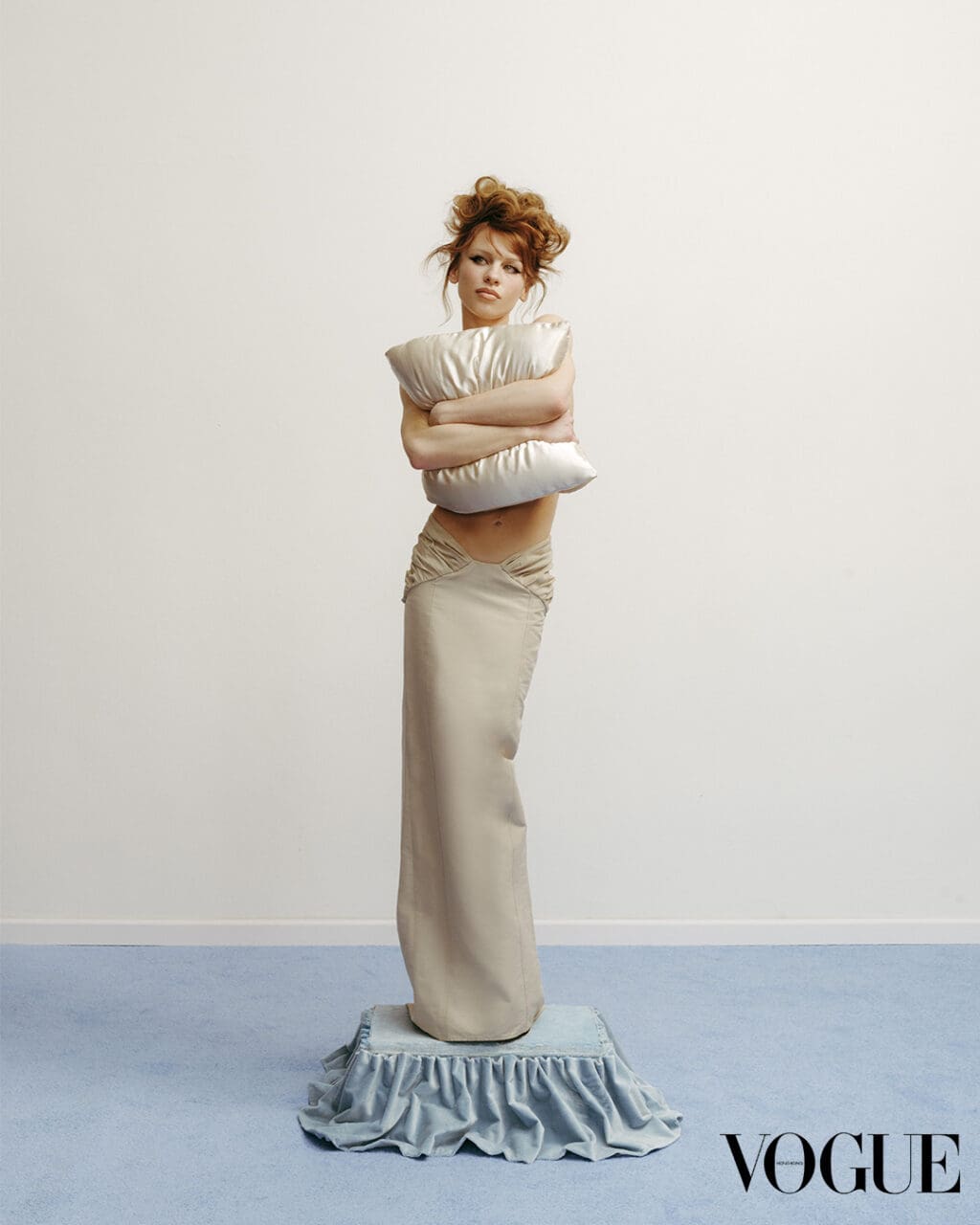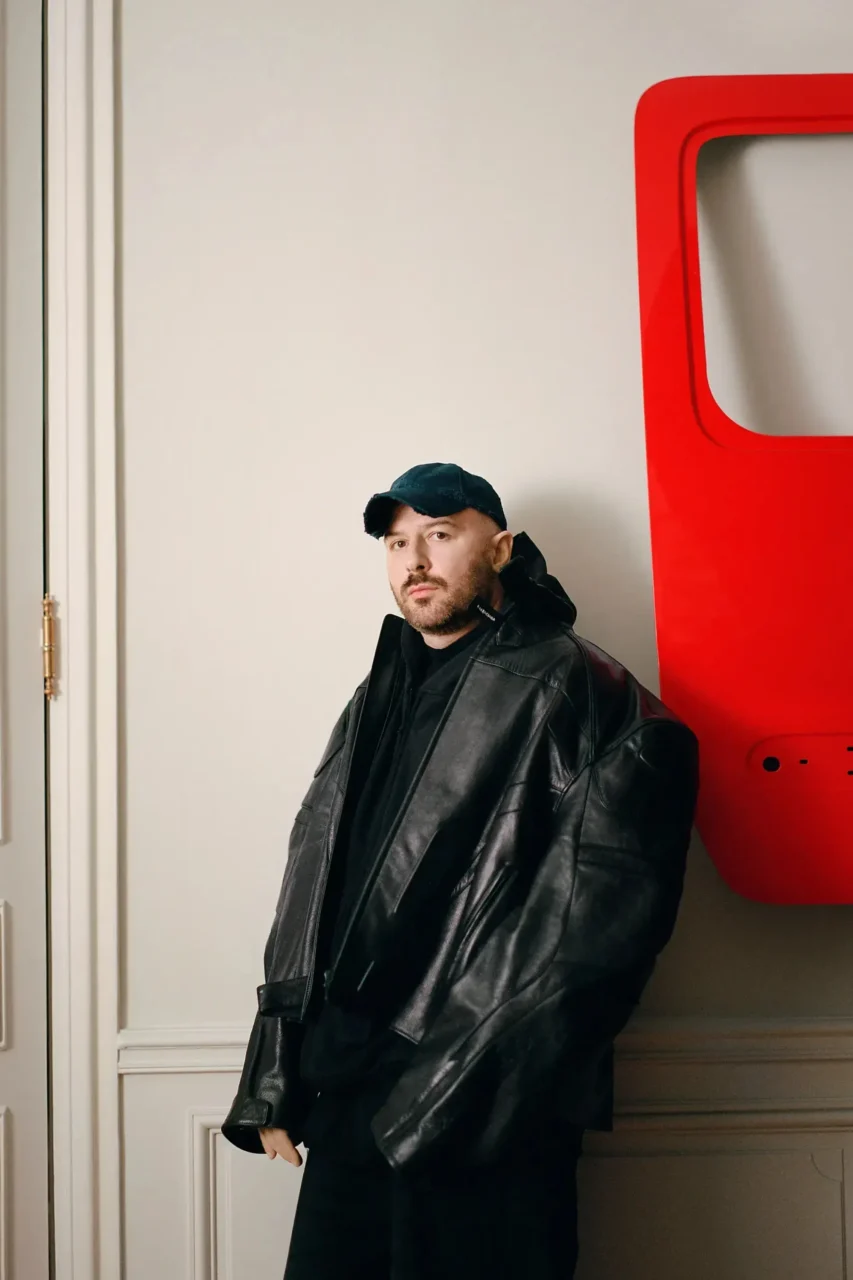Film and television dominated the conversation—both online and in person—with staggering force this year. A new hit seemed to arrive each month followed by a fresh barrage of memes and in-jokes: Inventing Anna, Euphoria, The Dropout, Severance, etc. Yet some of the most passionate pop culture discourse was hardly about plot lines or performances: It was about the clothes.

Jenna Ortega’s modern goth garb in Wednesday has been a source of much discussion on TikTok.
Photo: Netflix
2022 was a banner year for costume designers. Instagram accounts dedicated to series, like @closetofeuphoria, accrued thousands of followers. Wardrobes went viral. Carmy’s crisp, Carhartt-tinged uniform in FX’s The Bear made a lot of menswear enthusiasts say, “Yes, chef!” And I can think of several other examples: Lydia Tár’s suits; Wednesday Addams’s TikTok-beloved modern goth garb; the custom Prada looks featured in Baz Luhrmann’s Elvis.
This past Halloween alone I saw people donning the shapeless gray suits worn by Elizabeth Holmes in The Dropout, Jupe’s razzle-dazzle cowboy suit from Nope, and campy homages to a movie that has not even come out: Greta Grewig’s upcoming Barbie, due out next summer. We saw characters and tried to become them.
And then there were the characters most of us didn’t want to be like. The Gen Z assistant Portia—played by Haley Lu Richardson on the latest season of The White Lotus—and her wardrobe of slapdash-trendy fashion served as a cautionary tale (for some) of algorithm-informed shopping gone awry. The character’s decisive looks, which included a wool bolero at a beach party, sparked spirited debates online and even within the Vogue office. But according to the show’s costume designer, Alex Bovaird, the reactions were kind of the point. In an interview with The New York Times, Bovaird said of all the costume design chatter: “It does seem to be really rubbing people the wrong way, but maybe that’s just the Twittersphere. I like the comments that get that she’s a character.” Perhaps people love to talk about fashion through television and film so much because the stakes feel so much lower. You can’t hurt the feelings of someone who doesn’t exist.
Haley Lu Richardson and Leo Wooddall in The White Lotus.
Photo: @thewhitelotus via Instagram
One possible reason for the new attention and excitement around costume design is that the way we watch stuff has changed. As streaming has transformed into the default for TV (and, increasingly, film), our binge-watching sessions have become more obsessive and eagle-eyed. Because of social media, we’re also consuming content (virtually) together: There’s a peanut gallery of comments on Twitter and TikTok enriching the watching experience by highlighting tiny details and crafting witty memes. (As screenwriter James Capel told The Guardian this year, “Becoming a meme totally helps a show.”) Want to know the exact tee Carmy wears on The Bear? There’s a thread that meticulously unpacks the fan theory that it’s a Whitesville Japanese Made shirt.
The era of TV bloat might be coming to an end or, at least, drastically slowing down next year. Reports suggest streaming platforms are cutting costs as formerly exuberant financial forecasts sour on the sector. And the future of theatrical releases remains in limbo after another uneven year at the box office. Yet what characters wear will likely only become more closely curated from here on out—if only to give fans more to obsess over at home. As our fascination with their outfits highlights, watching something nowadays tends to mean rewinding, taking a screenshot, captioning, posting, and scrolling. That’s how you spot the good stuff.
Editor
André-Naquian WheelerCredit
Lead image: @euphoria via Instagram







